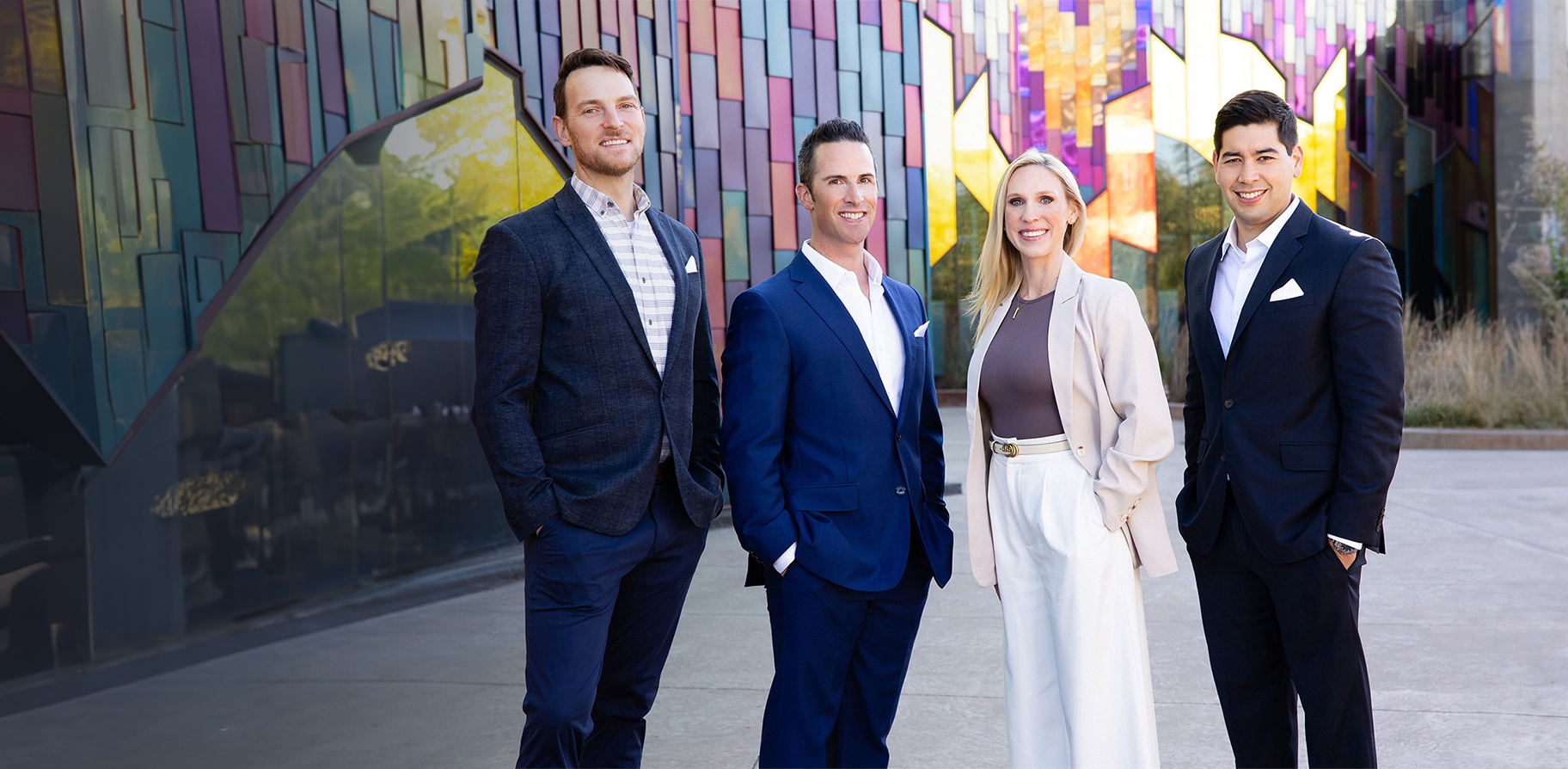
Google “facelift” or “neck lift” and you’re bound to find pages of confusing (and conflicting) jargon about facial rejuvenation surgery.
Often, “Dr. Google” can create more questions than answers. What is a “mini-lift”? What is a “SMAS-lift”? What is “chin lipo”? How do these techniques vary from one plastic surgeon to another? – “deep plane facelift”, “deep neck lift”, “MACS lift”, “Skin-only lift”, “SMAS plication”, “platysma plication”.
Why the complicated terminology? First, facial rejuvenation surgery itself is complicated, and techniques will vary. Second, there’s some marketing spice sprinkled in by surgeons and their staff.
To help clear up some of the confusion, let’s define the basic goals of a face and neck lift.
- Create a sharper jawline by reducing jowls and hollowing below the jaw.
- Lift the fullness from the lower third of the face to around the cheekbones.
- Define the angle of the neck more sharply.
To achieve these goals during surgery, at a minimum, we need to address the following:
- The skin of the face and neck.
- The platysma – a thin, broad muscle in the lower face and neck.
- The SMAS (superficial musculoaponeurotic system) – adipofibrous soft tissue that’s beneath the skin on the sides of the face.
Other anatomic structures are involved, too - including the subcutaneous fat, submandibular glands, the buccal fat pads, facial retaining ligaments, and the digastric muscles – but let’s focus on these three for now. The access points for these procedures include incisions hidden in front of and behind the ears and sometimes a small incision hidden below the chin.
The various terms for face and neck lifting indicate the surgeon's technique and give you a better sense of expected results. If the technique includes a doctor’s name, or has a trademark behind it, it likely fits into one of these categories but has been dressed up for marketing purposes. Let’s go through them:
Skin-only lift: true to its name, this implies lifting the skin off of the underlying SMAS and platysma, pulling it tight over the ears and removing the excess. This is rarely done now.
MACS lift (minimal access cranial suspension), Mini-lift, SMAS plication: these terms imply that the skin is lifted off of the underlying SMAS and platysma, and then the SMAS and platysma below the skin is bunched up (plicated) and lifted in front of and behind the ears with strong suture. The excess skin is then trimmed.
Platysma plication: the edges of the platysma muscle are sutured together in the midline below the chin to tighten it and create a sharper neck angle.
Deep neck lift, Deep neck sculpting: these terms imply the surgeon dissects beneath, or deep to, the platysma muscle in the central part of the neck from under the chin. From this vantage point the submandibular glands, the digastric muscles, and the deeper fat can all be trimmed, moved, or sculpted to reduce fullness below the chin and jawline.
Deep plane facelift: the surgeon dissects beneath, or deep to, the SMAS to free it from the surrounding attachments. The SMAS layer envelopes the muscles of the face and the platysma. The SMAS and platysma are then resuspended with suture upwards against gravity to lift the soft tissue of the face and neck. The excess skin is then trimmed.
Which one is best for you? This is the question to ask your surgeon. The answer will depend on the surgeon’s experience, the client’s tolerance for downtime during recovery, the anatomy that needs to be addressed, and the client and surgeons’ shared expectations.
I almost exclusively perform the deep plane facelift technique along with fat grafting with or without deep neck sculpting, submental liposuction, or platysmal plication centrally. I believe this affords me the greatest degree of vertical lift (and thus the best result) while providing a natural, non-stretched, aesthetic. Not every patient requires aggressive contouring below the chin.
The essential point is to find a surgeon you trust and respect. Some surgeons achieve excellent results with minimally aggressive techniques. Others achieve mediocre results with more invasive procedures. Finding a surgeon who will be there for you before, after, and during surgery to achieve your aesthetic goals is the best place to start.

